Having more native salmon for everyone should be the goal, not just on the Little Su but all our rivers in the Valley and State. Moist Air Incubation works, it has been successfully tested, can be down safely to protect our native salmon.
If all we do is just study and do nothing, we may not have enough native salmon in the future for you, your children and grandchildren.
Roger Purcell
907.357.9922
Project to add fish to Little Su
Posted: Saturday, May 24, 2014 8:15 am | Updated: 8:25 pm, Sat May 24, 2014.
HOUSTON — A local businessman and sometimes politician says he’s well on the way to starting up a moist air incubation program to add more salmon into the Little Susitna River.
Roger Purcell, former mayor of Houston, current president of the Houston Chamber of Commerce, said that he’s working on permits and plans to break ground this summer on foundations for the shipping container in which he wants to set up the incubator. The whole thing, he said, is a partnership between the chamber, the Knik Tribal Council, and Mat-Su Resource Conservation and Development.
“There’s no state funding, this is all done privately between the tribe, the chamber of commerce and RC&D,” he said.
Purcell said the facility would likely be constructed by the end of the summer. If they permits came through in time for fall he’d like to start working on incubating coho and Chinook salmon. If the permits take longer maybe it could get started in the spring.
So what is moist air incubation? If you’re familiar with stocking lakes and streams what you probably have in mind is a fish raised in a big pond or tank then loaded up in a truck to be sprayed from a hose into a water body. The fish returned to the wild are fish, with scales and tails and everything.
Moist air incubation is not that.
Moist air incubation deals with fish that are much younger. Adult salmon would be caught in local streams, their eggs harvested and incubated in mist rather than water. The incubator can look like a refrigerator or a Coke machine, Purcell said.
When they have reached the eyelid stage of development they are returned to the stream.
It’s a process that is not a stranger to Mat-Su. The Chickaloon Village Traditional Council employed it in its efforts to restore Moose Creek, Purcell said.
It’s also one that has a precedent nationally with programs in Oregon and Washington.
Purcell said that in this iteration the fish will be “watermarked” in their genetic code so that fisheries manager can get a sense of whether the stocking plan is working. A scale taken from behind the ear of a watermarked fish will show a distinct genetic marker, thus letting scientists know it came from the incubation program, he said.
Purcell is a man known for his big-picture ideas. In this case, that’s a program that can move from water body to water body. The incubators would be set up in shipping containers on foundations and would be designed to be easily moved in case of a flood, or if the stocking program was no longer necessary.
And he has plans for expansion. Right now, Purcell said, he only has funding for one incubator. Which means just coho and Chinook. He’d like to add other varieties of salmon to the program and add more incubators. A million fish in a year is the eventual goal.
“If we don’t start producing more fry no matter what the studies are we won’t have any fish oming back,” he said. “That’s a given. That doesn’t take a rocket scientist to understand.
Roger Purcell, former mayor of Houston, current president of the Houston Chamber of Commerce, said that he’s working on permits and plans to break ground this summer on foundations for the shipping container in which he wants to set up the incubator. The whole thing, he said, is a partnership between the chamber, the Knik Tribal Council, and Mat-Su Resource Conservation and Development.
“There’s no state funding, this is all done privately between the tribe, the chamber of commerce and RC&D,” he said.
Purcell said the facility would likely be constructed by the end of the summer. If they permits came through in time for fall he’d like to start working on incubating coho and Chinook salmon. If the permits take longer maybe it could get started in the spring.
So what is moist air incubation? If you’re familiar with stocking lakes and streams what you probably have in mind is a fish raised in a big pond or tank then loaded up in a truck to be sprayed from a hose into a water body. The fish returned to the wild are fish, with scales and tails and everything.
Moist air incubation is not that.
Moist air incubation deals with fish that are much younger. Adult salmon would be caught in local streams, their eggs harvested and incubated in mist rather than water. The incubator can look like a refrigerator or a Coke machine, Purcell said.
When they have reached the eyelid stage of development they are returned to the stream.
It’s a process that is not a stranger to Mat-Su. The Chickaloon Village Traditional Council employed it in its efforts to restore Moose Creek, Purcell said.
It’s also one that has a precedent nationally with programs in Oregon and Washington.
Purcell said that in this iteration the fish will be “watermarked” in their genetic code so that fisheries manager can get a sense of whether the stocking plan is working. A scale taken from behind the ear of a watermarked fish will show a distinct genetic marker, thus letting scientists know it came from the incubation program, he said.
Purcell is a man known for his big-picture ideas. In this case, that’s a program that can move from water body to water body. The incubators would be set up in shipping containers on foundations and would be designed to be easily moved in case of a flood, or if the stocking program was no longer necessary.
And he has plans for expansion. Right now, Purcell said, he only has funding for one incubator. Which means just coho and Chinook. He’d like to add other varieties of salmon to the program and add more incubators. A million fish in a year is the eventual goal.
“If we don’t start producing more fry no matter what the studies are we won’t have any fish oming back,” he said. “That’s a given. That doesn’t take a rocket scientist to understand.
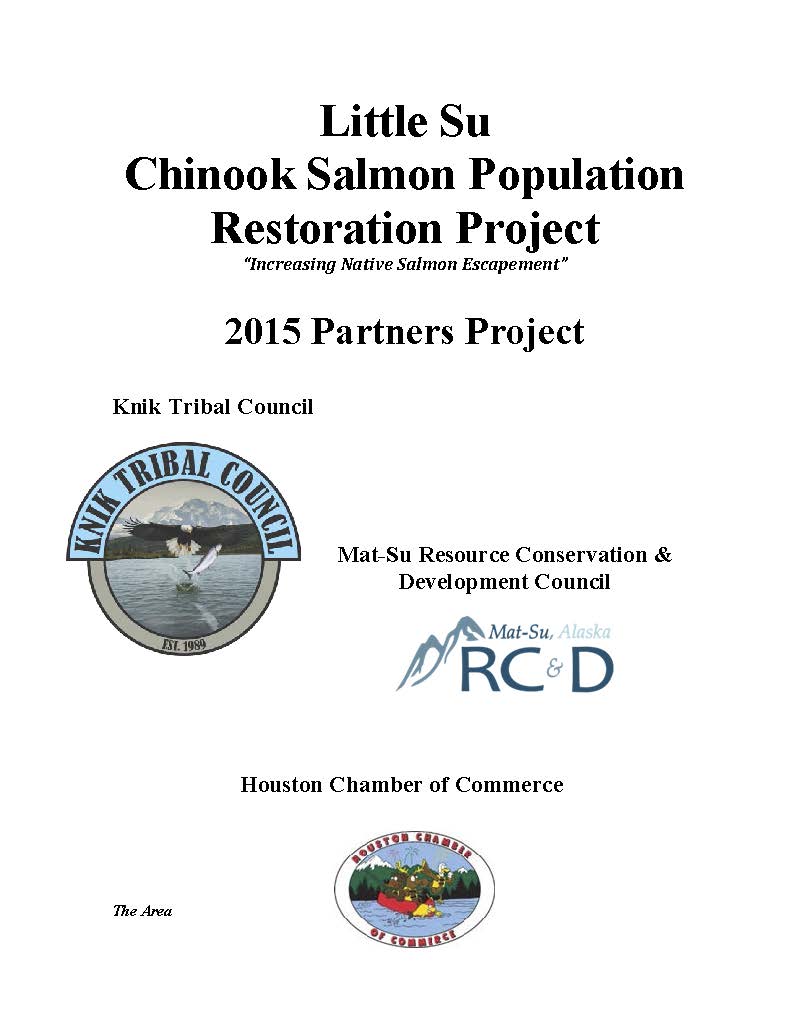
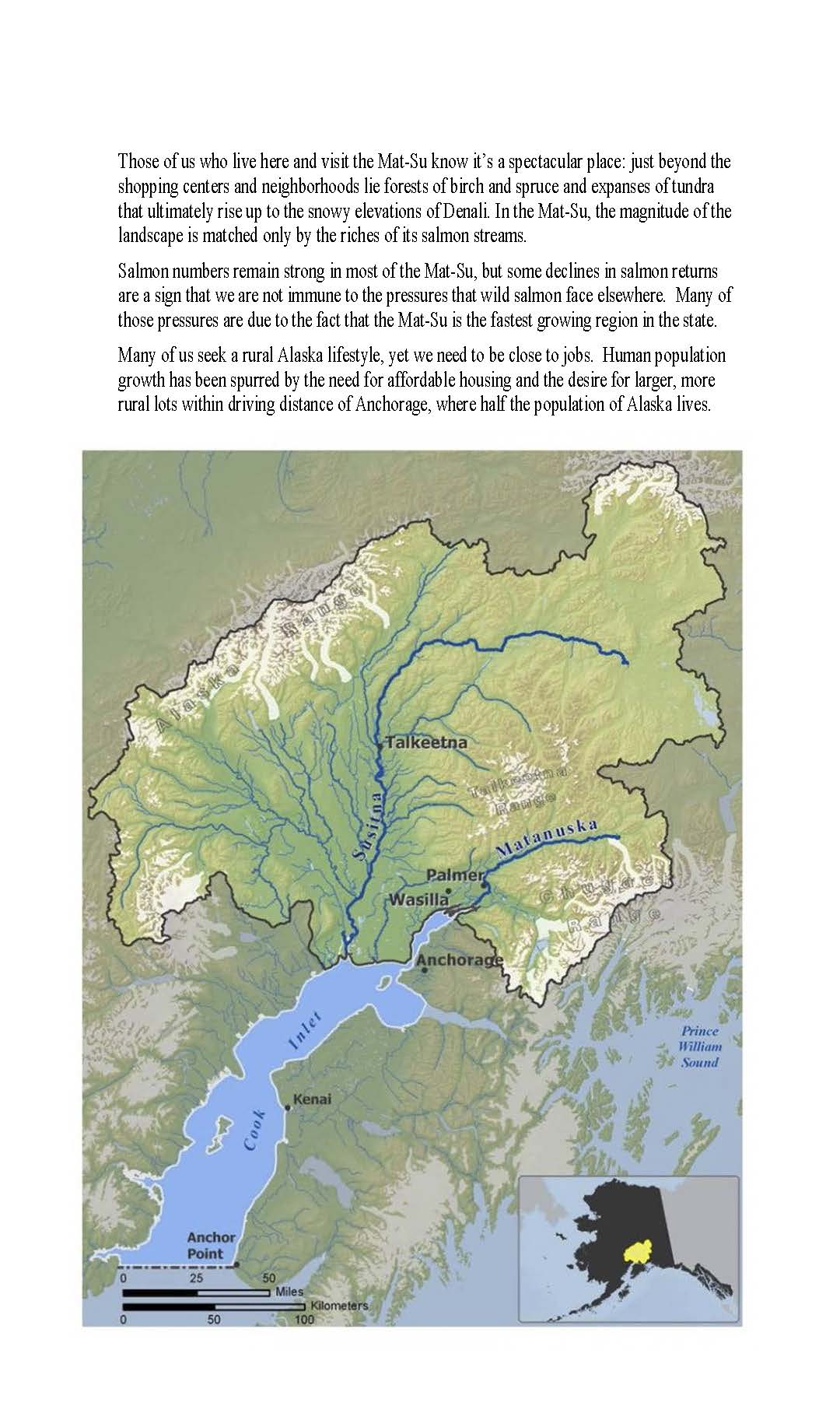
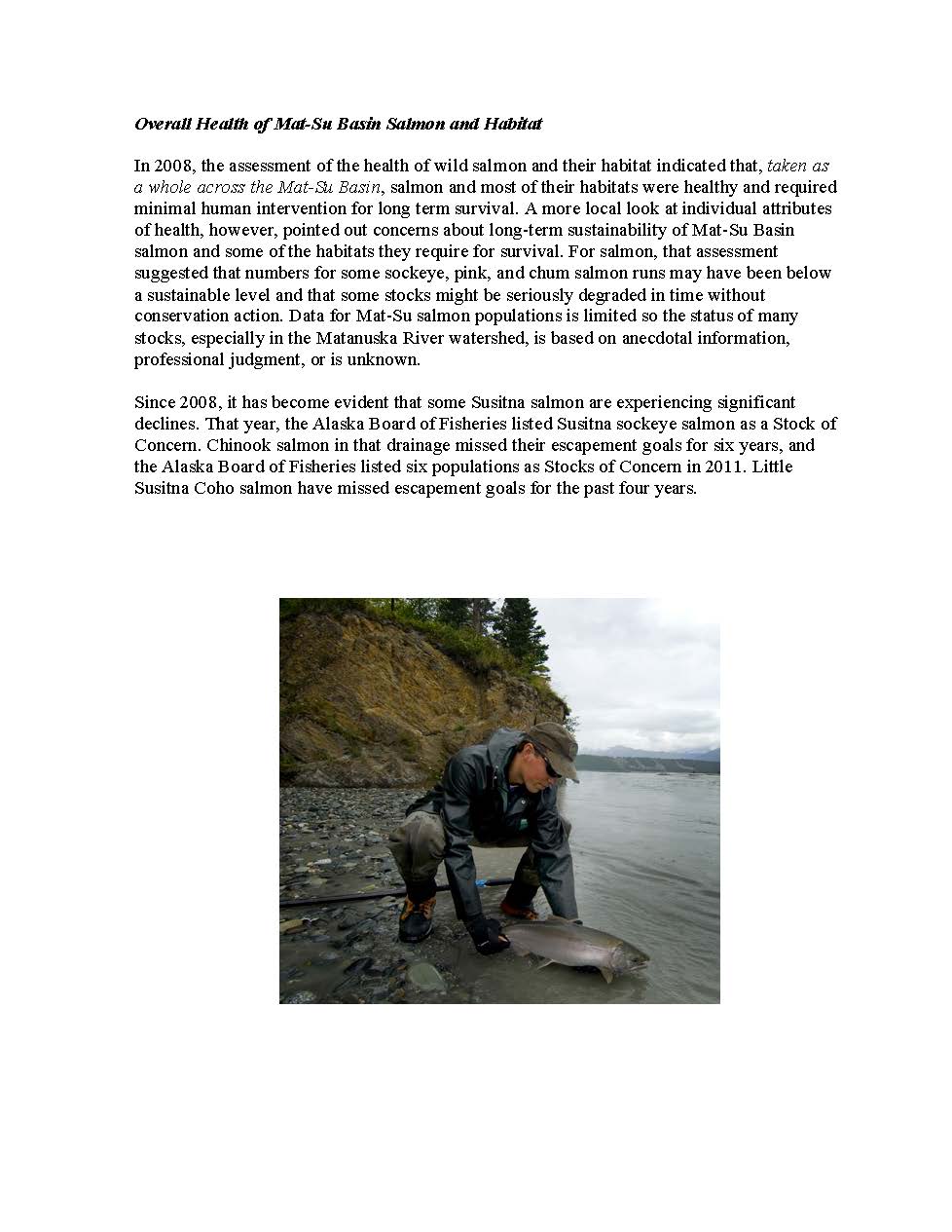
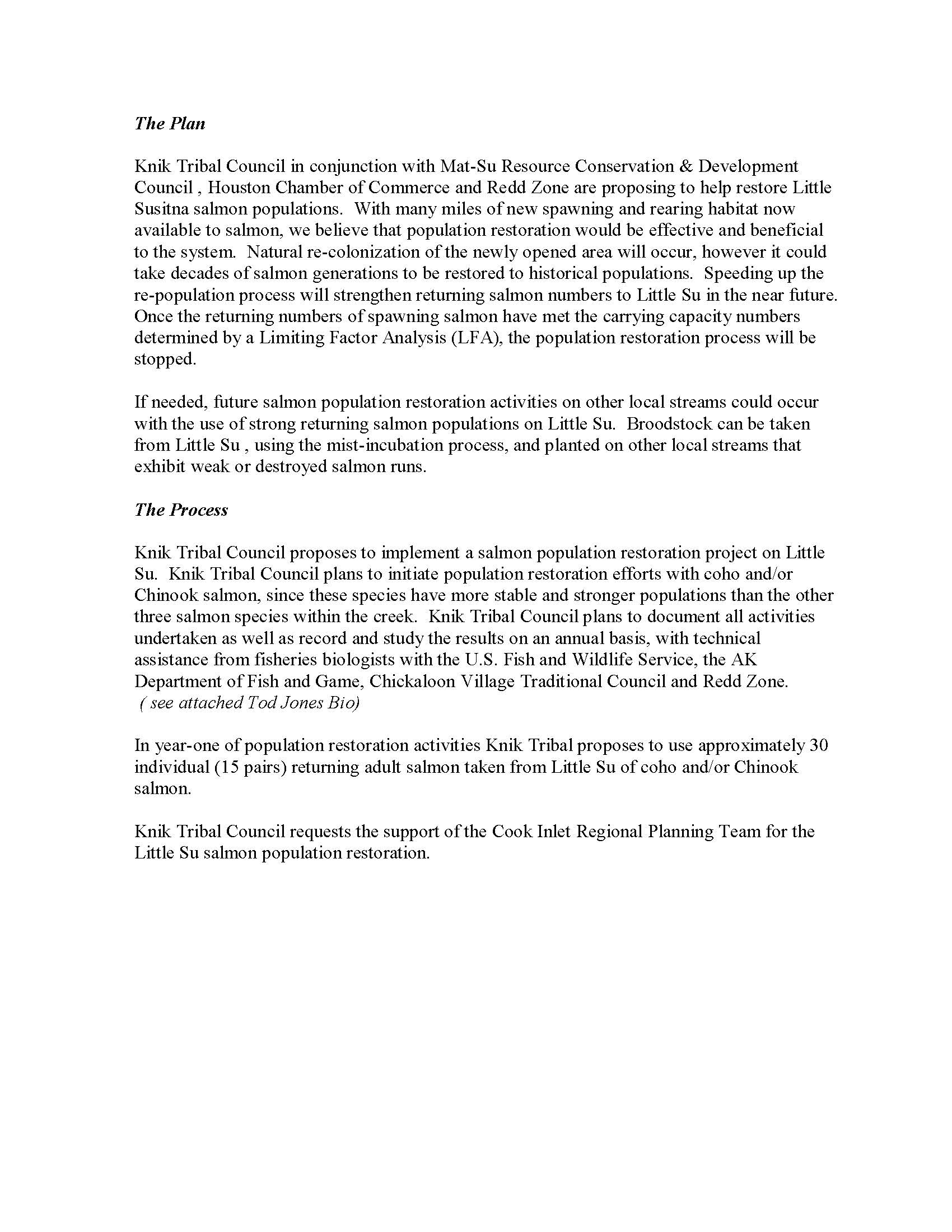
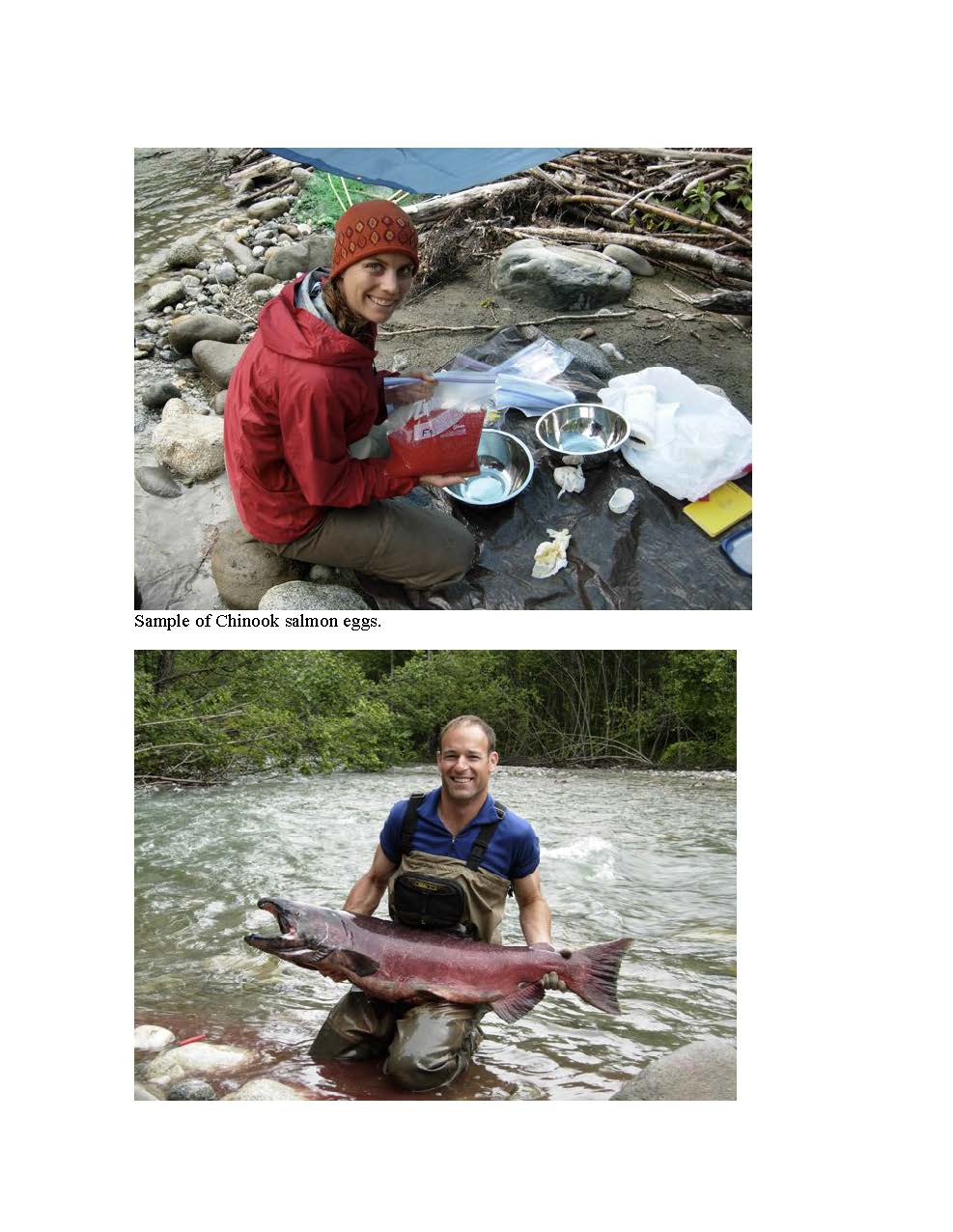
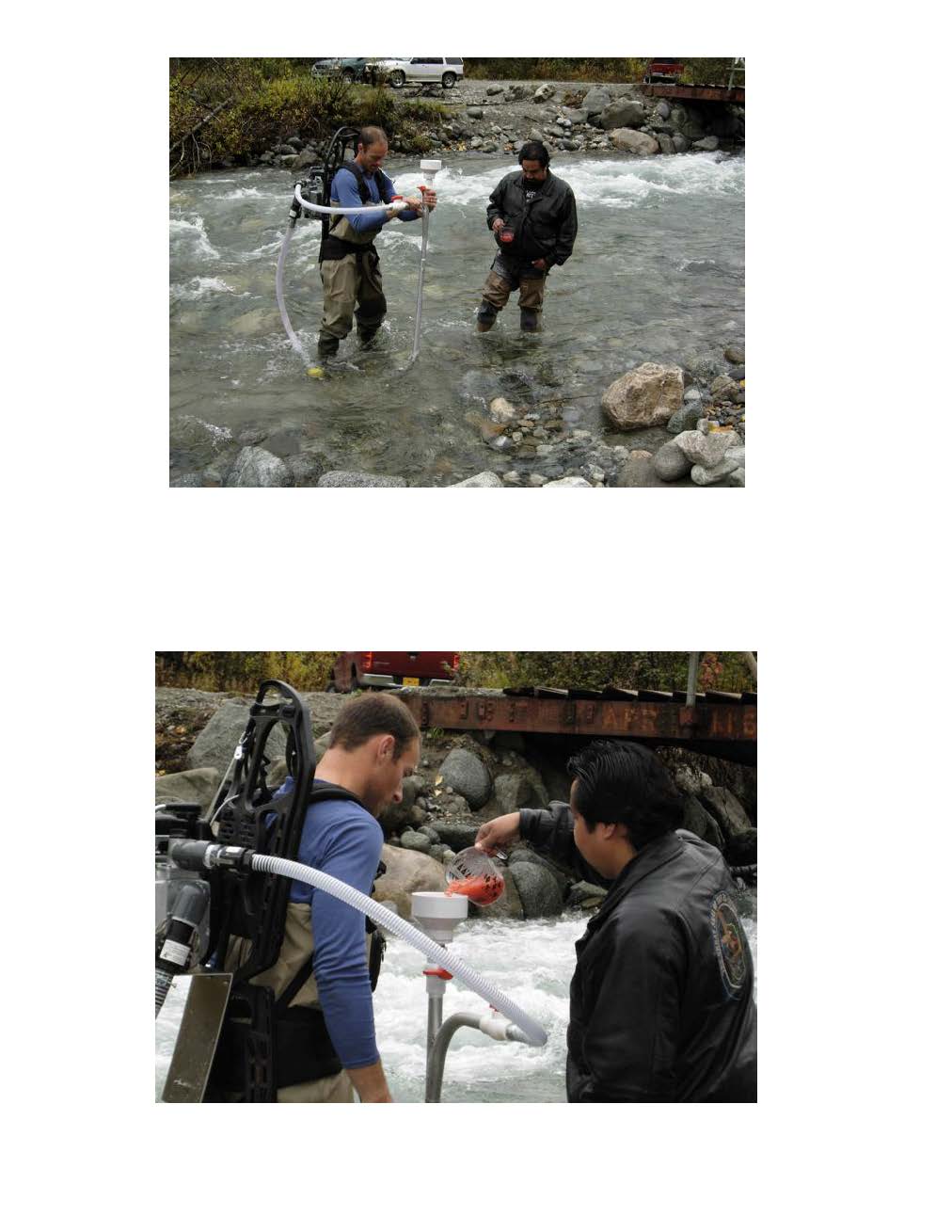
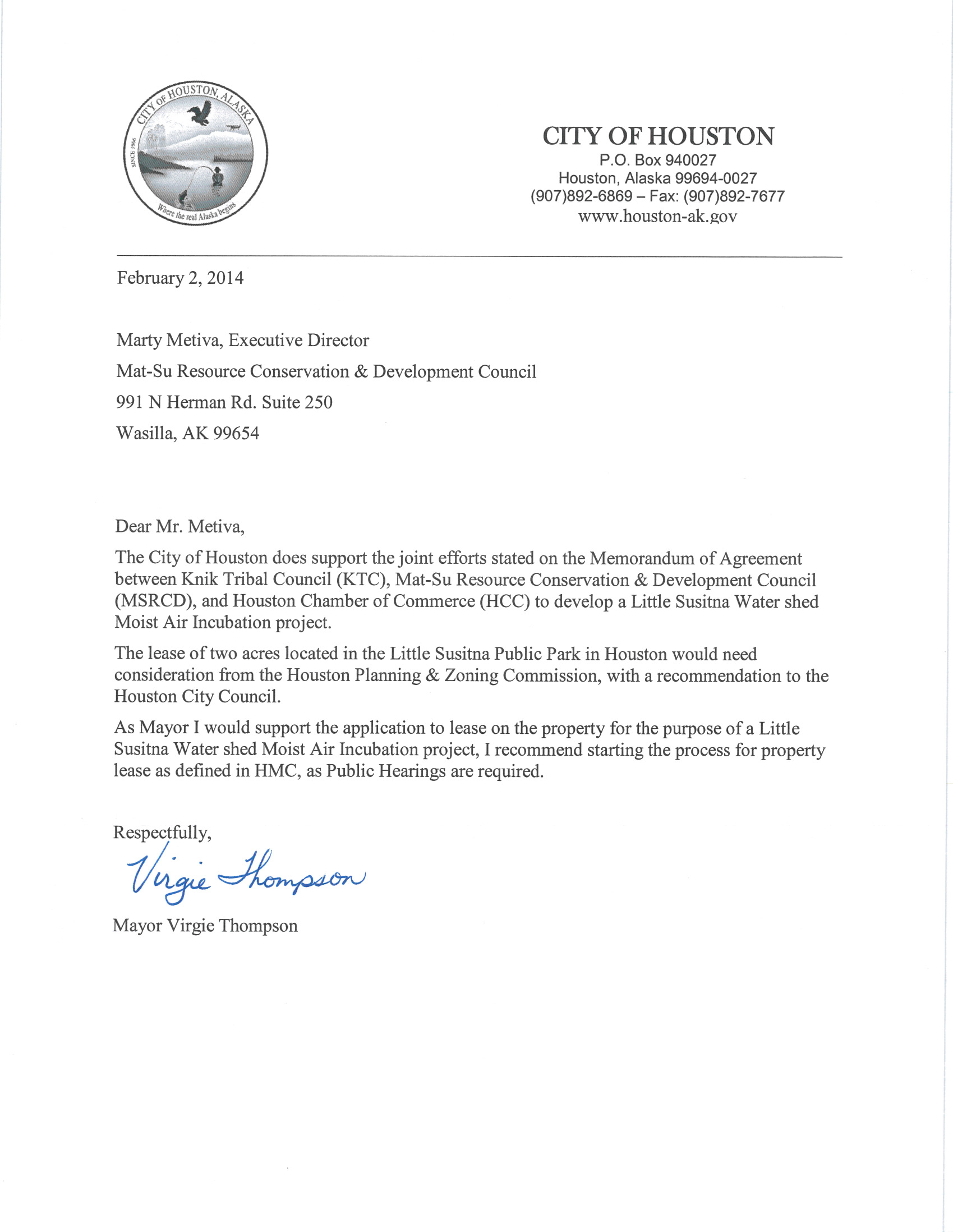
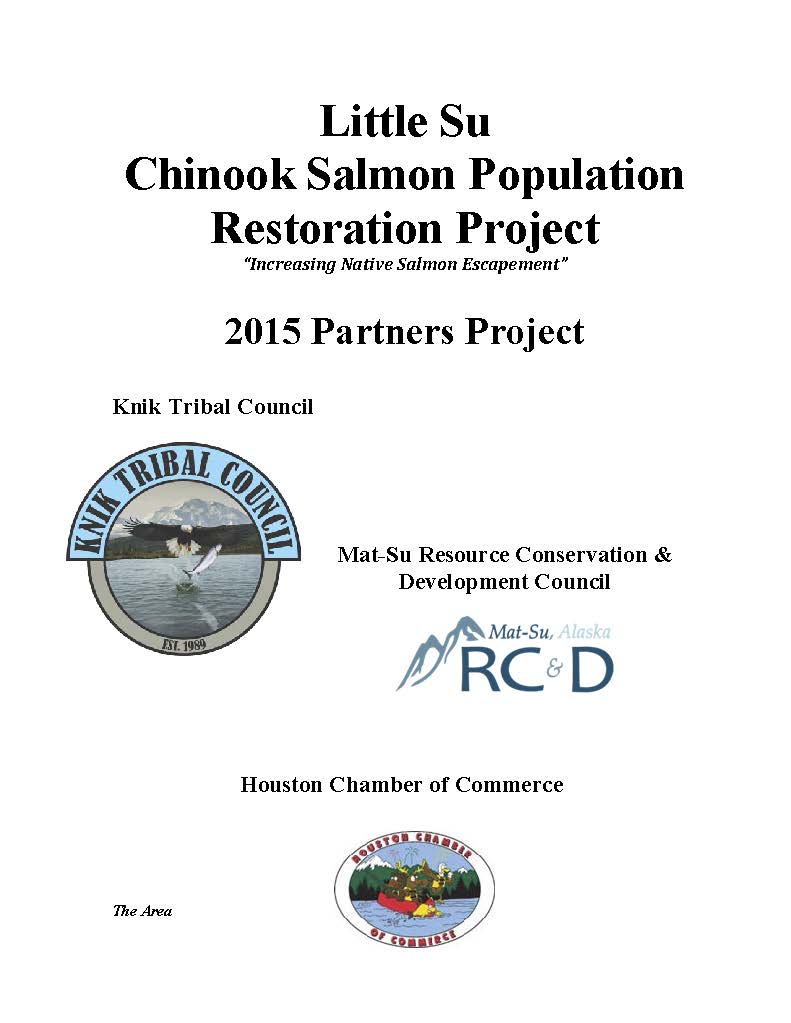
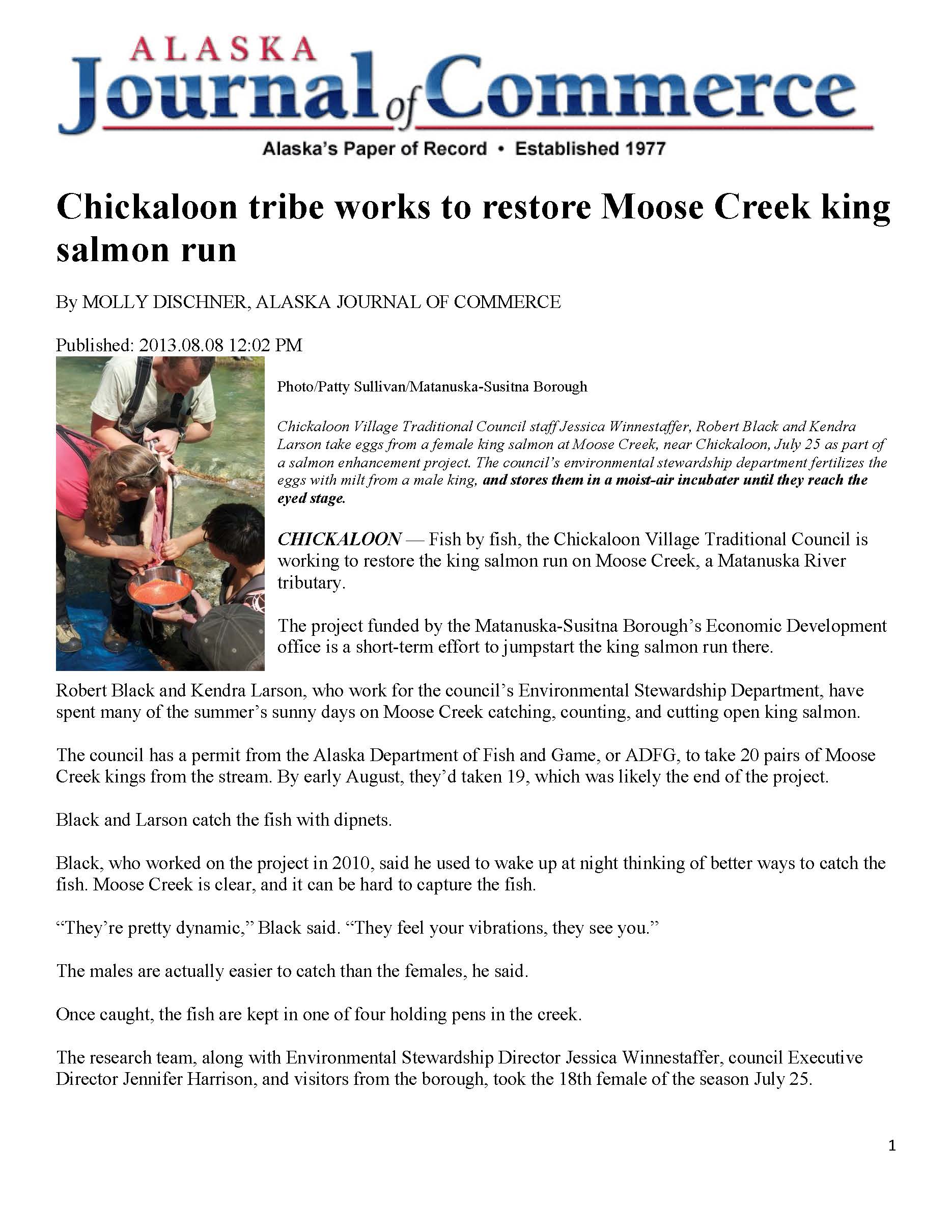
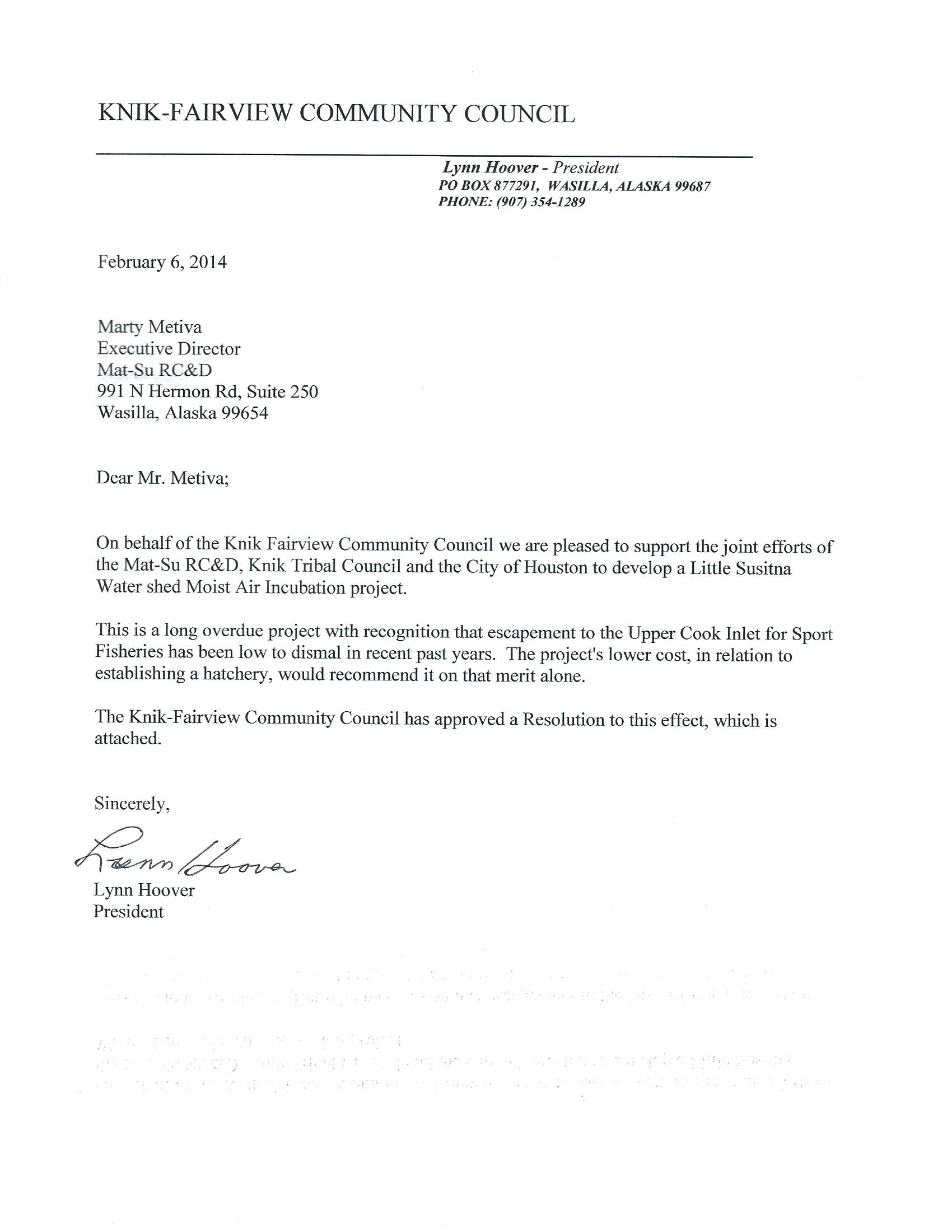
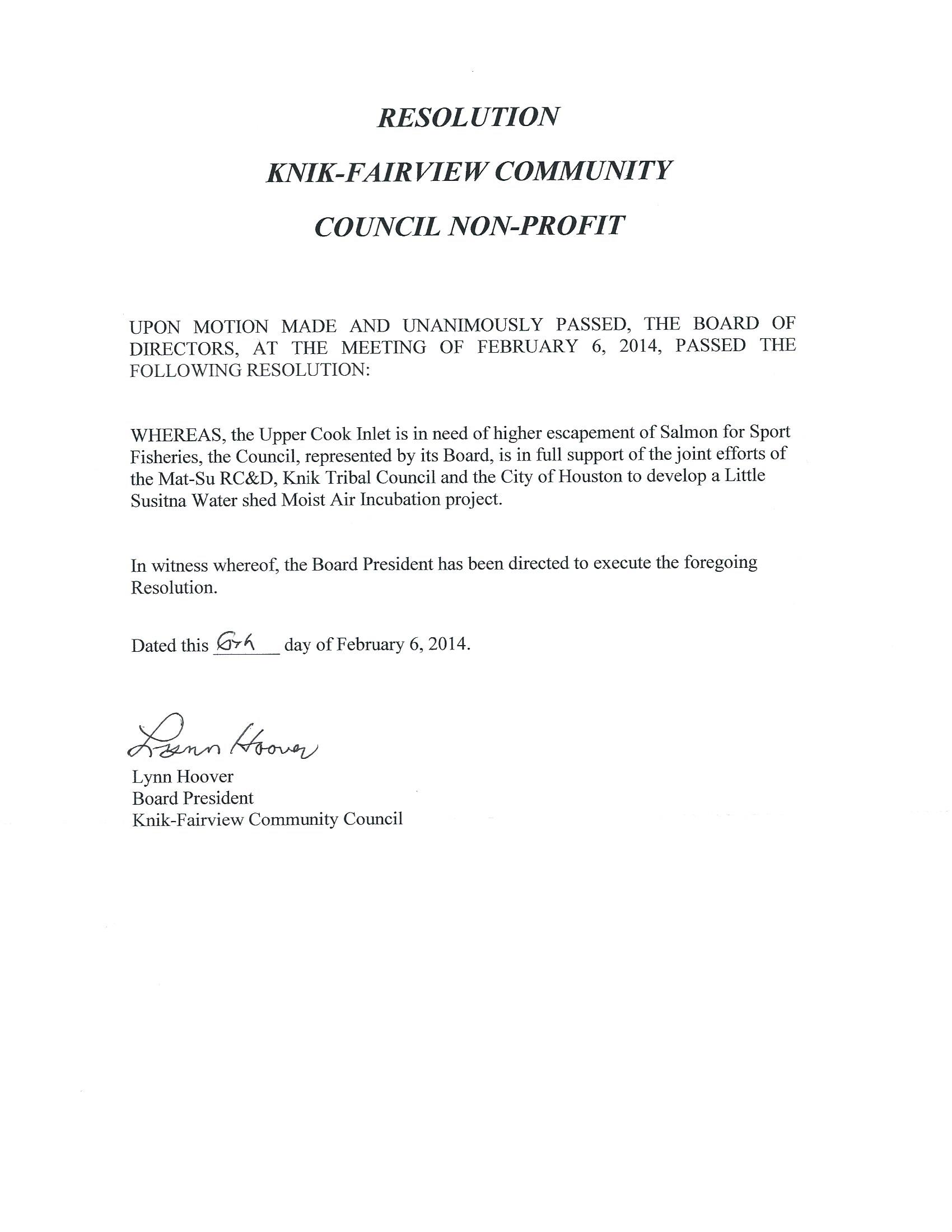
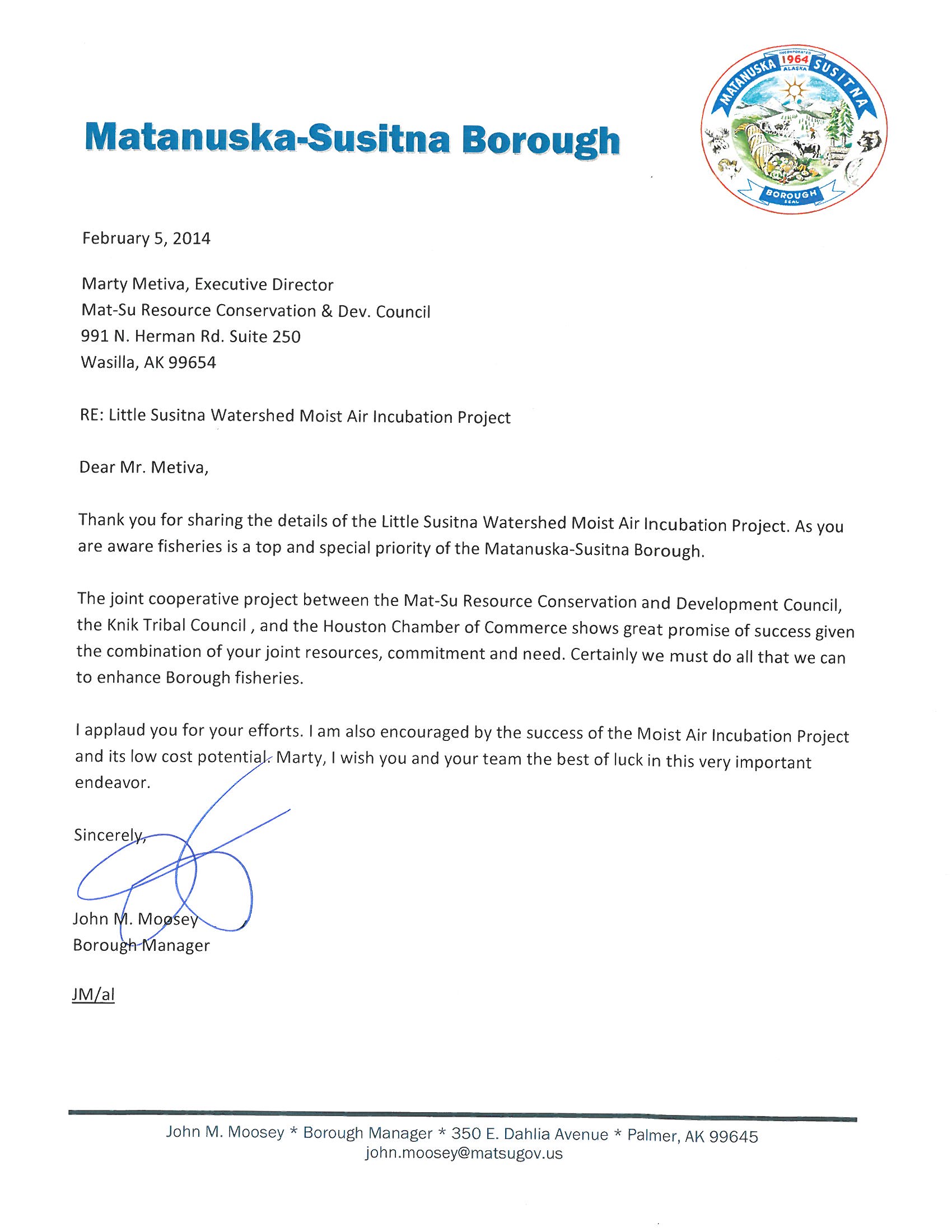
Click here to change this text.
